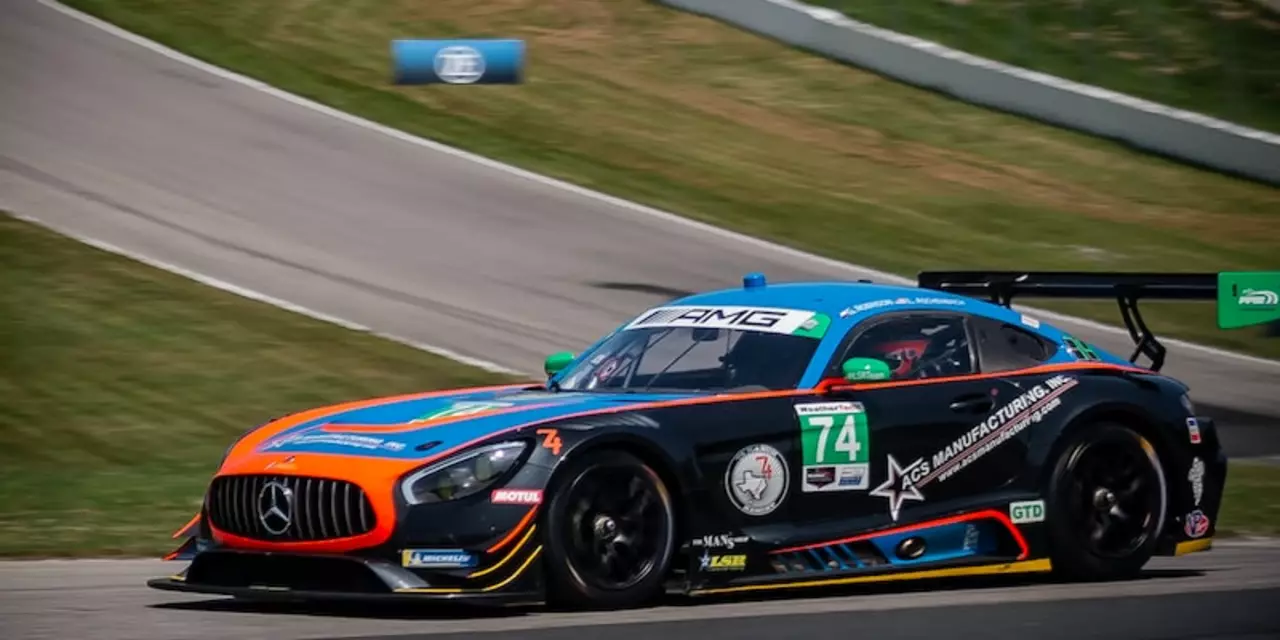Motorsports Beginner Guides: Your First Steps into Racing
Thinking about hopping behind the wheel of a race bike or car? You’re not alone. Thousands of fans dream of turning that excitement into real track time. The biggest hurdle isn’t the speed – it’s knowing where to start. This guide pulls together the most useful pointers so you can move from fan to driver without getting lost.
We’ve gathered advice from seasoned racers, coaches, and industry insiders. Each tip is broken down into clear actions you can take today. No jargon, no fluff – just what works on the ground.
Why a Mentor Matters
First off, find a racer who’s willing to share their knowledge. A mentor can spot mistakes you won’t see, suggest the right gear, and introduce you to the right people. Look for local clubs, track days, or online forums where experienced drivers hang out. Send a polite message, explain your goals, and ask if they’d be open to a short meeting.
Don’t expect the mentor to solve everything for you. Their role is to guide, not to do the work. Take notes, ask follow‑up questions, and apply their feedback on the track. Over time you’ll build a relationship that can lead to sponsorship talks or team trials.
Build a Simple Plan and Train Smart
Next, sketch a basic plan. Decide which motorsport branch suits you – motocross, circuit racing, rally, or another. Each has different costs, equipment, and skill sets. Write down a realistic budget for gear, entry fees, and practice sessions. Aim for a timeline: “I’ll attend my first track day in three months, then race locally by six months.”
Training isn’t just about speed. Start with basic vehicle control, fitness, and mental focus. Many gyms offer sport‑specific programs; a good core and cardio base makes you more consistent on laps. Pair physical work with simulated practice – apps and low‑cost simulators let you learn racing lines without the expense.
After you feel comfortable, book a track day with a beginner’s package. Those events provide coaching, safety briefings, and a chance to test your gear. Treat each session like a lesson: focus on one skill, evaluate, then repeat.
Finally, network. The motorsport world relies heavily on connections. Attend local events, chat with other drivers, and stay active in social media groups. Share your progress, ask for advice, and be ready to help others. A strong network can point you toward sponsorships, parts discounts, or seat openings.
Ready to take the first step? Grab a notebook, find a mentor, and map out that simple plan. The track is waiting, and every seasoned pro started with the same small actions you’re about to take.
Motorsports is a popular hobby, and many people aspire to become professional drivers. Getting started in motorsports can be intimidating, but there are several steps that can help make the process easier. First, find a racer mentor who can provide helpful advice, support, and guidance. Second, develop a plan that outlines the type of motorsport, budget, and timeline. Third, practice and train to become a better driver. Finally, establish a network of contacts in the motorsports industry, as this can help with finding sponsors and connecting with other racers. With these steps, aspiring racers can make their dreams of competing in motorsports a reality.



